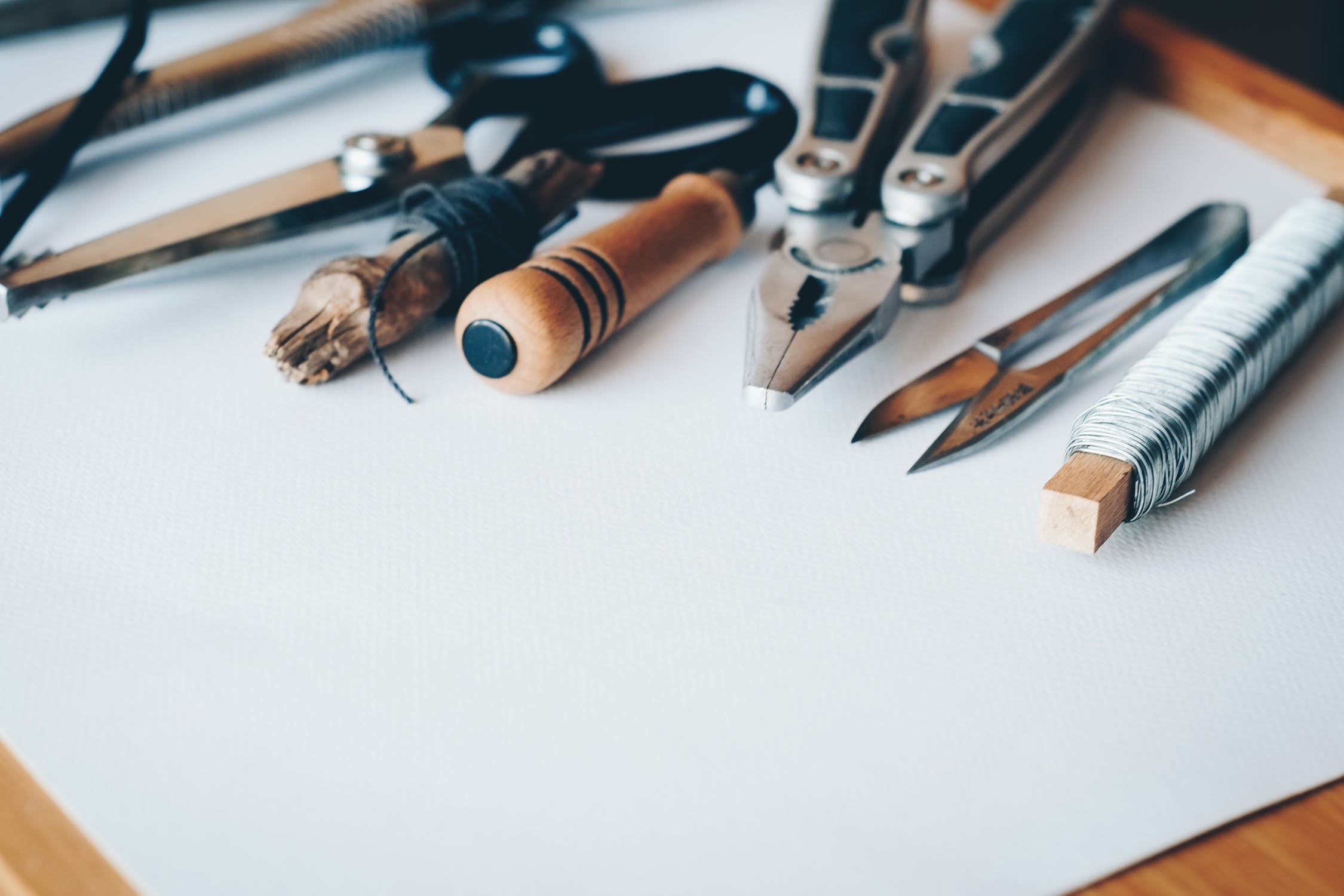4 Tips to Help Manage Maintenance
Are you reactive or proactive with rental property maintenance? Here are 4 tips to help manage maintenance for rental properties.

Are you reactive or proactive with rental property maintenance?
Many property managers and landlords deal with maintenance in a reactive manner, waiting for tenants to report maintenance issues and/or waiting for the property to turn over before addressing maintenance issues. This is natural because if you view rental properties as a pure investment, then maintenance is the cost center. It is a negative charge on investment income and human tendency is to be proactive about positives and to be reactive about negatives.
Do you ever turnover a rental property and think, I would have taken care of that if I knew it was broken? I’m sure it has happened to the best of us. Here is an example from my experience. One tenant used a plastic fork to prevent the microwave from running constantly because the open/close latch was broken. Rather than reporting it, the tenant chose to ignore (or even worse, hide) it. A new microwave can run a couple hundred dollars plus the cost of installation, but can be well worth the cost. When things start to break, it affects the overall quality of the home and can have a negative effect on tenant satisfaction and quality.

Keeping up with property maintenance helps reduce tenant turnover, preserves the value of the property and prevents more costly issues such as fire or flood. Tenants don’t always report issues. So how do you make sure your property is properly maintained? Here are a few suggestions:
1. Provide tenants with information when they move in outlining what types of maintenance issues to bring to property management versus what they are responsible for. Examples: Changing light bulbs are generally the responsibility of the tenant. A broken appliance is addressed by property management. Water leaks or floods should be reported right away to property management. Is there an emergency number? Provide it to them when they move in, so they know what to do in an emergency maintenance situation.
2. Maintain a checklist of items and the frequency to inspect. For example, roof and siding might only need to be checked every 2-5 years depending on age and type, but tile grout should be sealed annually. Keeping up on external paint can help prolong the life of siding. Maintaining a short-term/long-term maintenance checklist can prepare you for future expenses and help you take a proactive approach to address certain items during rental turns minimizing tenant disruptions during occupancy.

3. Maintain a communication cadence with tenants. It could be an annual inspection to make sure everything is in working order or it can be a bi-annual email/mail communication checking in to see that everything is in working order. The check in serves two purposes: one, it lets them know that you are a proactive property manager and two, it allows you to stay on top of maintenance issues to prevent costly deferred maintenance.
4. Another idea (completely different from the above ones) is to send them an annual happy holidays card.This will let them know that you care about them as a property manager and open the lines of communication, so they are more likely to come to you if there is an issue.
There are many ways to implement regular maintenance updates and check-ins. Whatever you decide to implement, know it will lead to low tenant turnover, maintain or increase the property value and prevent costly surprises down the road.

